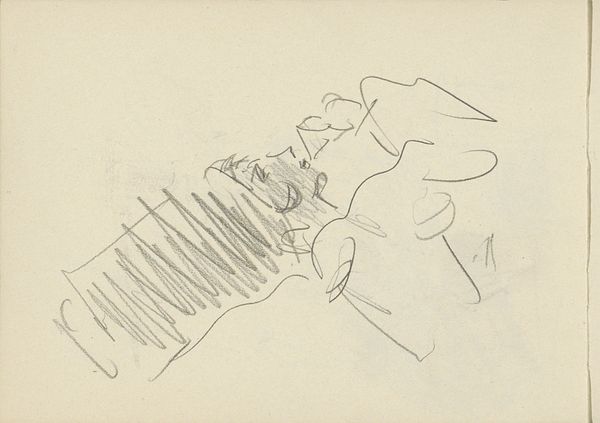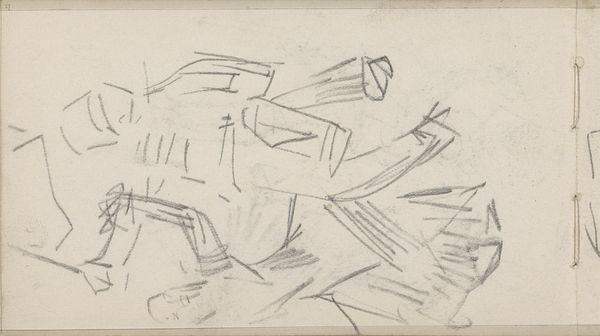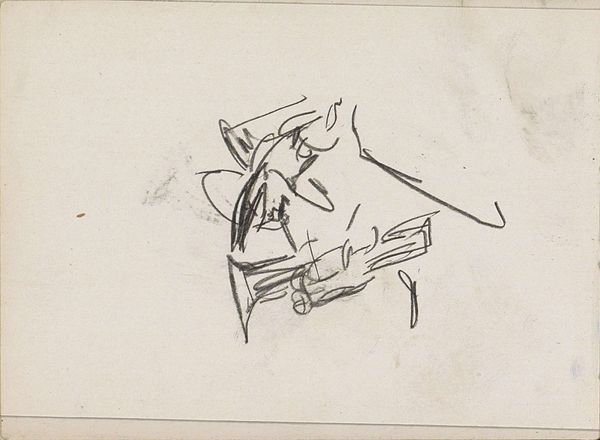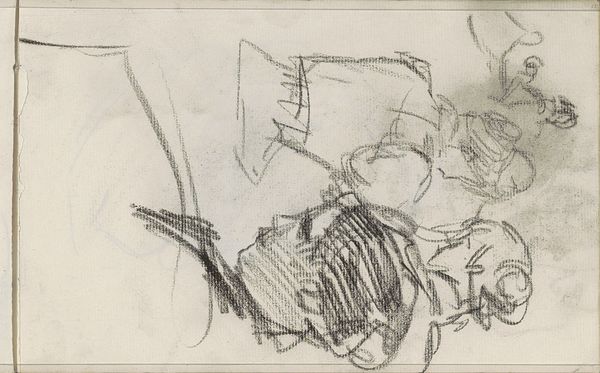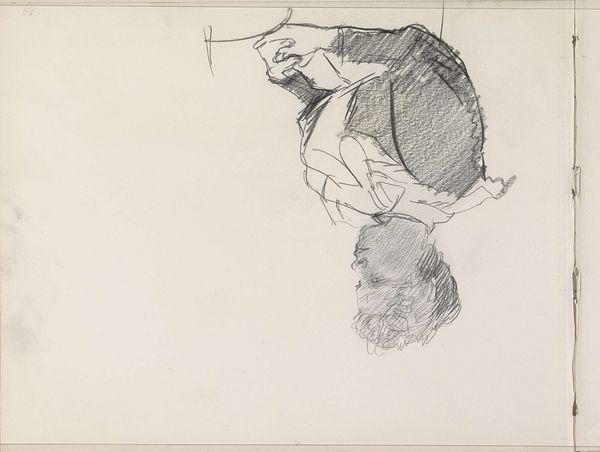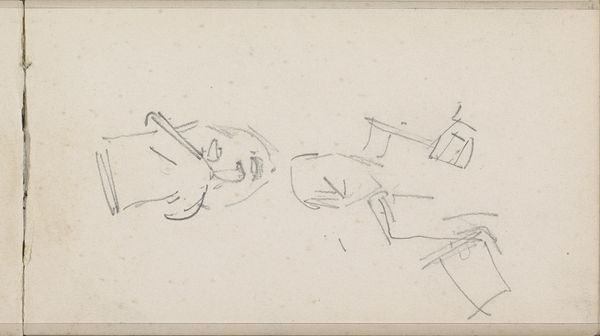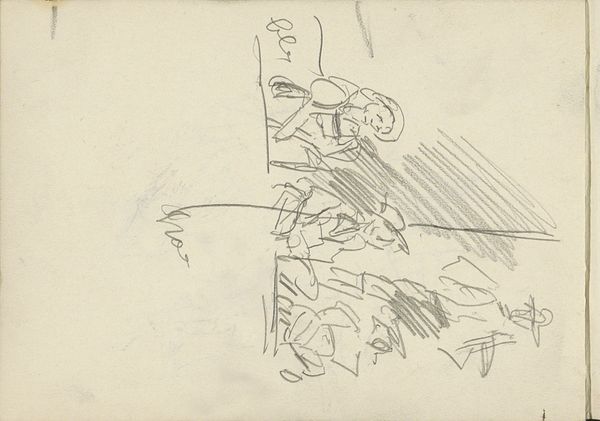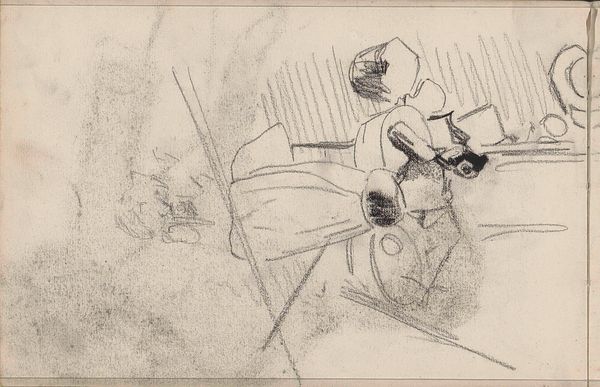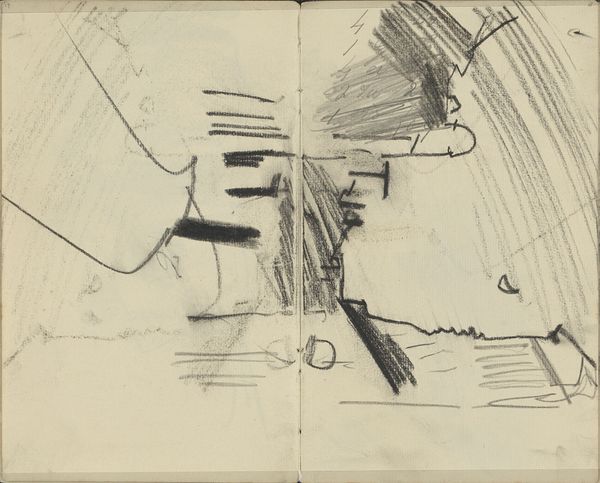
drawing, ink, pen
#
portrait
#
drawing
#
pen sketch
#
figuration
#
ink
#
pen
#
genre-painting
#
modernism
Copyright: Rijks Museum: Open Domain
Editor: Here we have Carel Adolph Lion Cachet's pen and ink drawing, "Lezende man in een leunstoel", from around 1930 to 1938. The simplicity of the lines almost makes it feel like we're looking at a fleeting moment, a private glimpse into someone’s day. How would you interpret this work? Curator: It's interesting to consider this "fleeting moment," as you call it, within the context of early 20th-century art and its increasing focus on capturing the immediacy of modern life. Sketches like this were often seen as preliminary studies, not necessarily intended for public display. How do you think this changes the way we perceive the artist's intention, and perhaps the role of art in society at that time? Was it a political act to simply observe the world? Editor: I never thought about it that way. Maybe capturing a mundane scene was itself a kind of quiet rebellion against the more staged and idealized artwork of the past. Do you think Cachet's decision to depict a reading man specifically held any social weight? Curator: Absolutely. Consider the wider context: access to literacy and information was not always universally granted. Depicting someone engaged in reading—potentially absorbing knowledge, forming opinions—speaks volumes about empowerment. Could this unassuming sketch actually advocate for education? Editor: So, a simple image of a man reading could become a statement about the importance of knowledge and access to it. Curator: Precisely! It invites us to contemplate the quiet revolutions that happen through individual empowerment, and how art can play a role in documenting, and even encouraging, those changes. It underscores how everyday life, made accessible through the artwork, can affect socio-political thinking. Editor: This has completely changed my perspective. It is much more than just a simple sketch; it mirrors a period of important socio-political change! Curator: Exactly. It shows how even seemingly simple subjects, rendered with minimal detail, can still function as powerful documents of their time. We also learn to consider the agency of those who were portrayed at that time, and it serves as a document on social progress through public exposure in museum and gallery settings.
Comments
No comments
Be the first to comment and join the conversation on the ultimate creative platform.
